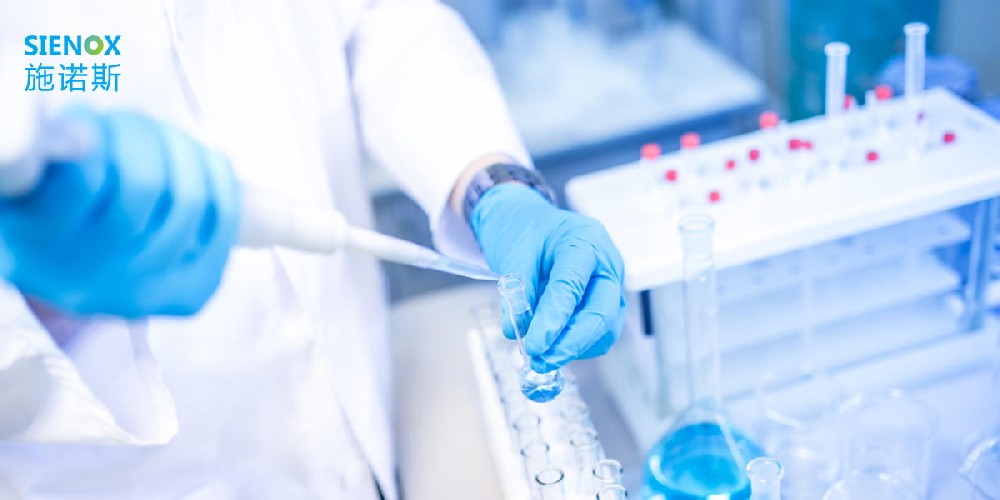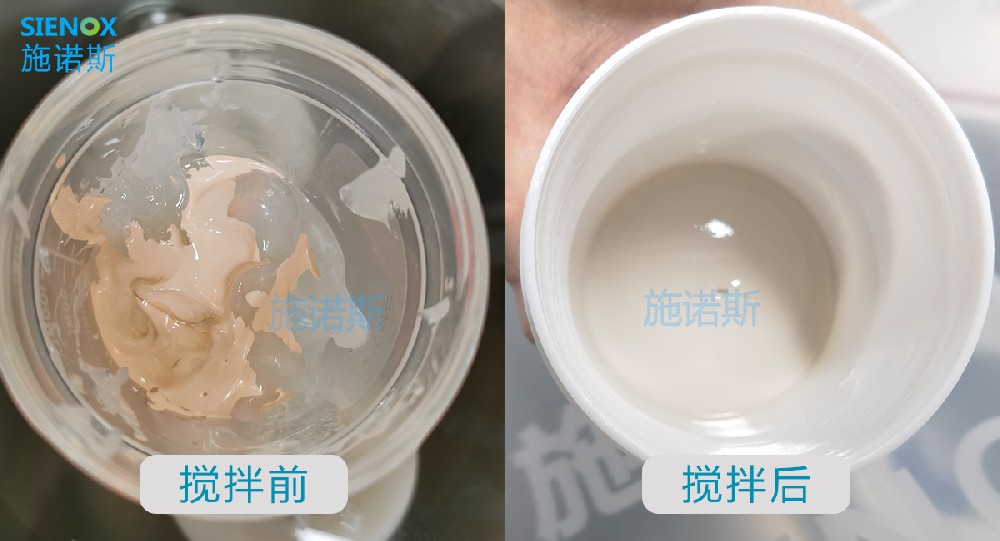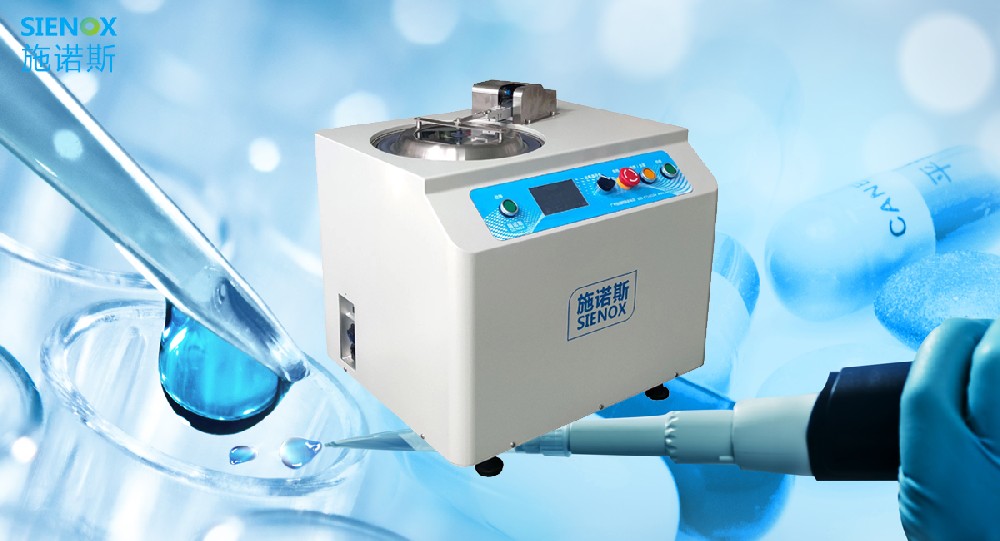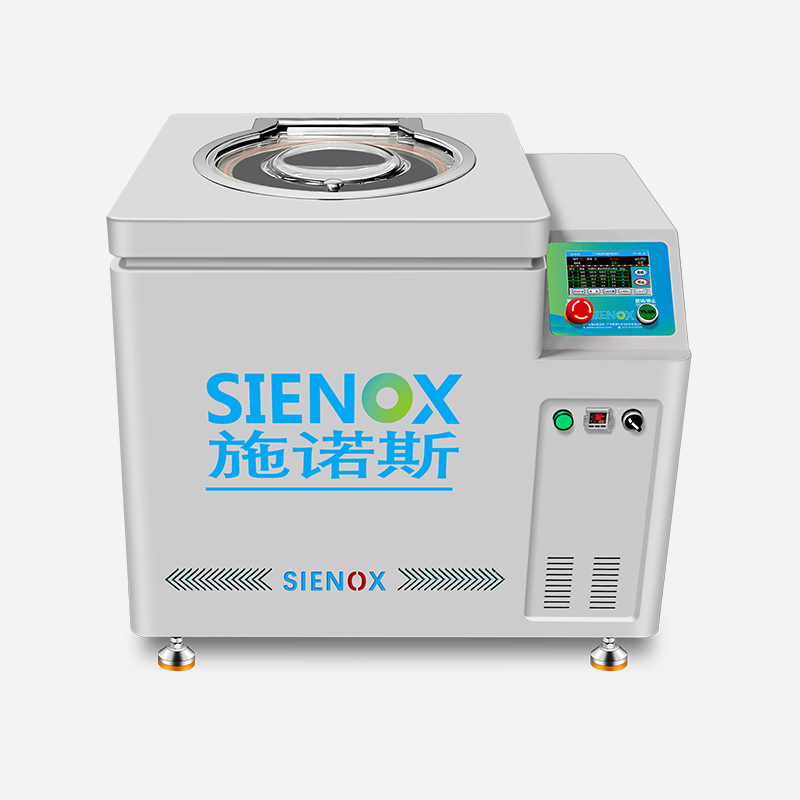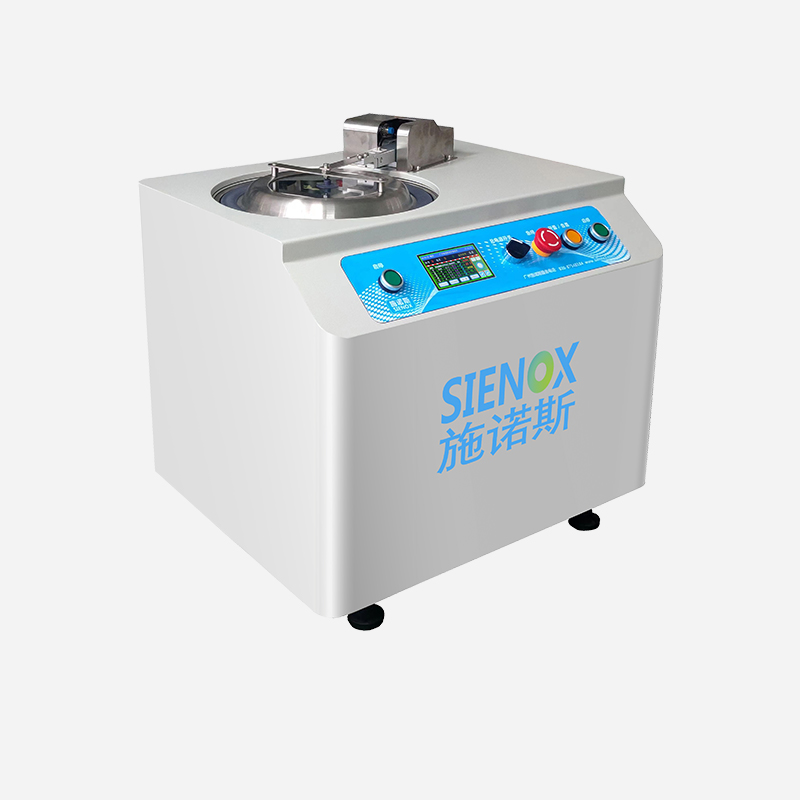
News from the laboratory

TEL:18925129293
The application techniques of a vacuum stirring defoaming machine in organic synthesis experiments
date:2023-08-14author:SIENOXIn organic synthesis experiments, the vacuum stirring defoaming machine is a commonly used experimental equipment that can enhance reaction efficiency and product purity. Below, we will introduce some application techniques for using the vacuum stirring defoaming machine to assist experimenters in conducting organic synthesis experiments more effectively.

1. **Choose the appropriate stirring speed:** The stirring speed directly affects the degree of mixing of reactants and the reaction rate. Generally, the stirring speed should not be too fast to avoid excessive bubble formation that may impact the reaction process. However, it should not be too slow either, as inadequate mixing may lead to incomplete reactions. Choosing the appropriate stirring speed is crucial based on the specific circumstances.
2. **Control the vacuum level:** The control of vacuum level is crucial for the progression of the reaction. Excessively high vacuum levels may result in rapid evaporation of reactants, leading to an overly fast reaction rate, which is unfavorable for reaction equilibrium. On the other hand, too low vacuum levels can affect the mixing and diffusion rates of reactants. Therefore, it is essential to reasonably control the vacuum level based on the characteristics and requirements of the reaction.
3. **Pay attention to reaction temperature:** The vacuum stirring defoaming machine generates heat during the reaction process, so it's important to monitor and control the reaction temperature. Excessively high temperatures can cause reactant decomposition or undesired side reactions, affecting the quality of the product. Hence, when using the vacuum stirring defoaming machine, it is necessary to control the reaction temperature according to experimental needs.
By mastering the above application techniques, we can effectively utilize the vacuum stirring defoaming machine in organic synthesis experiments. It contributes to improving reaction efficiency and product purity, providing robust support for research in organic chemistry.







